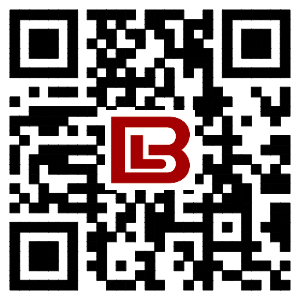Valve Welding Inspection
Valve welding inspection is generally divided into two parts:
1. Document review
Need to provide WPS, PQR, welder qualification WPQ.
Whether the provided WPS covers the base metal, welding consumables, welding method, groove form, thickness, preheating, post-weld heat treatment and other important variables required by the order.
According to ASME Volume IX and WPS assessed by NB/T47014, there are corresponding important variable regulations. If important variables change, they must be reassessed.
2. On-site welding inspection
VT (visual inspection) is usually used to check for obvious welding defects such as cracks, undercuts, weld flashes, poor forming, burn through, spatter, etc.
For the surfacing of the sealing surface, PT is usually used to check whether there are cracks, and the hardness of the sealing surface needs to be checked;
Check the inlay welding between the valve seat and the valve body, basically as long as the appearance is flat, there is no undercut, dislocation and welding flash.
Inspection of structural welding such as extension pipes, RT or UT inspection of internal quality is required when required by the order.




